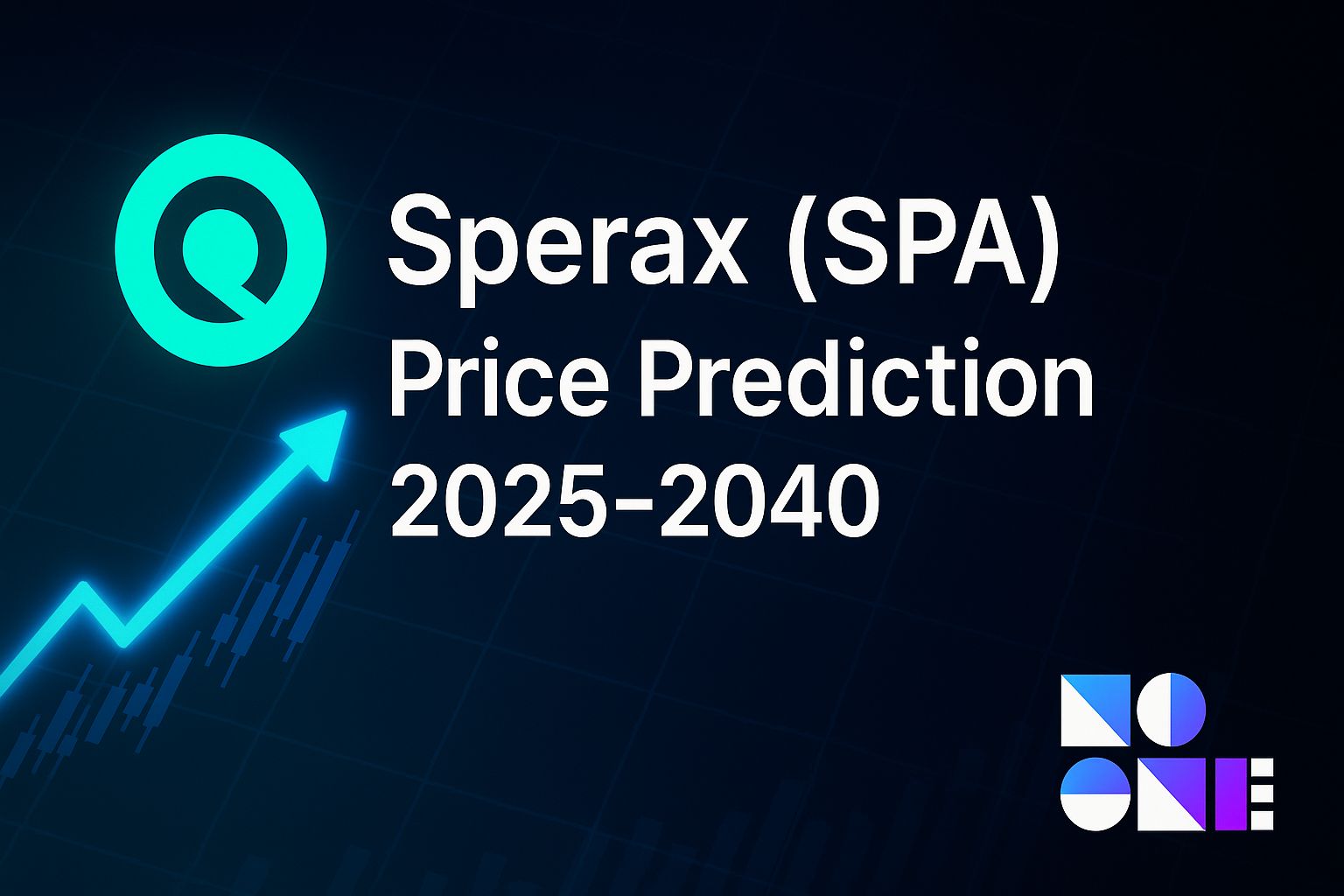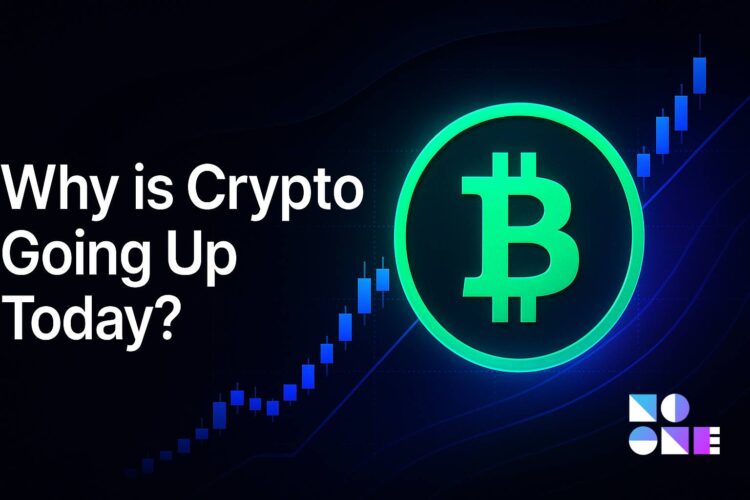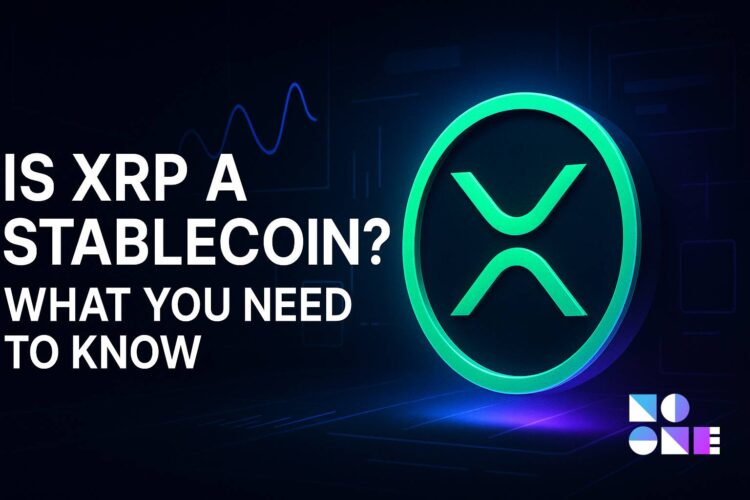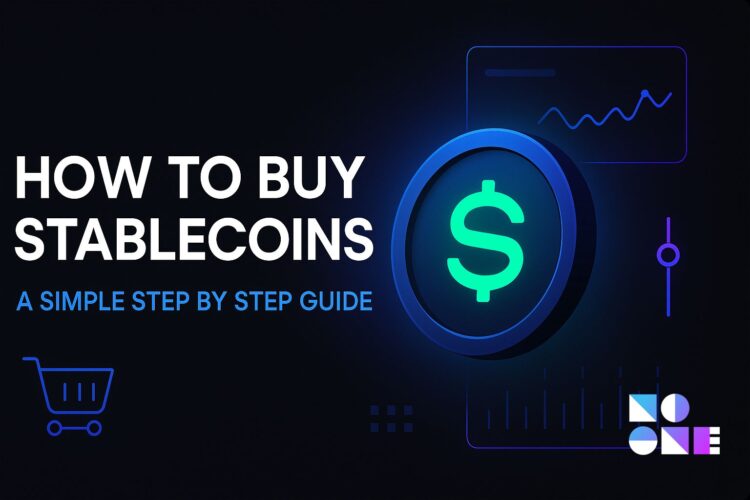Sperax (SPA) — Price Prediction 2025–2040
Disclaimer: This content is for general information purposes only and is not investment advice. Investing in cryptocurrencies involves risks, they are volatile and speculative. Always do your own research and consider your risk tolerance before taking any position.
Introduction
Sperax (SPA) aims to build a yield-bearing stablecoin ecosystem (USDs) paired with decentralized governance. By combining algorithmic stability mechanisms and cross-chain expansion (Ethereum & Arbitrum), Sperax targets a niche in DeFi that delivers passive yield to stablecoin holders. This piece presents scenario-based price targets for SPA for the years 2025, 2027, 2030, 2035, and 2040, with brief rationales and context.
Sperax (SPA) is available in Noone Wallet — store, buy, exchange and transfer it securely while maintaining complete control over your assets.
What is Sperax (SPA)?
Sperax is a DeFi protocol focused on yield-bearing stablecoins and an associated governance token (SPA). The project’s core idea is to deliver an auto-compounding stablecoin (USDs) while SPA functions as the governance and utility token for incentives, fee distribution and protocol decisions.
Key features:
- USDs stablecoin: Auto-compounding stablecoin that accrues yield to holders without manual staking.
- SPA (governance token): Used for protocol governance, incentives, and fee allocation.
- Dual-token model: SPA (governance/utility) + USDs (yield-bearing stablecoin) to align incentives.
- Cross-chain expansion: Integrations (e.g., Arbitrum) to scale yield-bearing services across Layer-2 ecosystems.
Sperax seeks to provide a decentralized alternative to traditional savings products by delivering passive income via on-chain mechanisms.

Price prediction (2025–2040)
Year | Price prediction (USD) | ROI |
|---|---|---|
2025 | $0.012 | +55.6% |
2027 | $0.0095 | +23.2% |
2030 | $0.025 | +224% |
2035 | $0.065 | +743% |
2040 | $0.120 | +1,455% |
Rationale — brief explanations by horizon
2025 — $0.012 (near-term)
Moderate appreciation driven by renewed DeFi interest and initial adoption of USDs. Expansion of yield-bearing instruments and pilot integrations could push SPA toward $0.012 (~+56%).
2027 — $0.0095 (consolidation)
Market cycles and protocol maturation may produce consolidation. SPA could stabilize near $0.0095 (+23%) as the ecosystem matures and on-ramps/integrations continue at a measured pace.
2030 — $0.025 (mainstreaming of stable DeFi)
If decentralized stablecoins and auto-yield models gain mainstream traction, Sperax’s USDs adoption and cross-chain availability could lift SPA to $0.025 (+224%).
2035 — $0.065 (wider adoption & regulatory clarity)
With broader DeFi adoption and clearer regulatory frameworks, Sperax could emerge as a prominent yield-bearing stablecoin platform. That scenario could see SPA near $0.065 (+743%).
2040 — $0.120 (stretch / optimistic)
In a long-term bull case where Sperax becomes a core component of on-chain savings/income infrastructure, SPA might trade around $0.12 (+1,455%). This requires wide USDs adoption, strong TVL growth, and durable tokenomics.

Recent price history (selected highlights)
Date | Price (USD) | Event / Context |
|---|---|---|
Dec 2021 | $0.12 | Initial listing period / early liquidity |
May 2022 | $0.06 | DeFi contraction and yield decline |
Dec 2022 | $0.015 | Transition to Arbitrum & stablecoin integration |
Jun 2023 | $0.010 | Market stabilization amid renewed DeFi interest |
Jan 2024 | $0.008 | Increased USDs adoption but low volume |
Oct 2025 | $0.007716 | Current consolidation; ecosystem partnerships underway |
Analysis
Sperax’s value proposition centers on auto-yield stablecoins (USDs) and a governance token (SPA) to coordinate incentives. Strengths include a differentiated product (yielding stablecoin) and cross-chain ambitions. Key challenges and risks:
- Competition: Established DeFi protocols (Maker, Curve, others) and other yield-bearing stablecoin models.
- Regulatory risk: Stablecoins and yield products face evolving regulatory scrutiny.
- Tokenomics & scalability: Ensuring USDs can sustainably deliver yield without creating fragility or centralization.
- Liquidity & market cycles: As a small-cap token, SPA is sensitive to liquidity, listings, and broader crypto market regimes.
Long-term appreciation depends on measurable USDs adoption, increases in TVL, robust incentive design, and regulatory clarity.
FAQ
Is Sperax (SPA) a good investment?
This is not investment advice. Sperax offers tangible DeFi utility (yield-bearing stablecoin) which could attract long-term users, but it competes in a crowded space and faces regulatory and execution risks. Consider your time horizon and risk tolerance.
What could SPA be worth in 10 years?
Under the scenarios above, SPA could be around $0.065 by 2035 in a positive adoption scenario. Outcomes vary widely depending on adoption, tokenomics, and market environment.
Can SPA reach $1?
Reaching $1 would require enormous adoption, a substantially larger market cap, and major increases in TVL—possible in an extreme bull case, but unlikely without transformative growth.
Should I buy SPA now?
At approximately $0.007716, SPA trades near recent lows. Long-term buyers who believe in yield-bearing stablecoins and Sperax’s roadmap may find the price attractive, but position sizing and risk management are essential.
Key signals to monitor:
- USDs adoption metrics and TVL.
- New integrations (Layer-2, wallets, aggregators).
- Tokenomics changes (burns, vesting, fee flows).
- Regulatory developments affecting stablecoins and yield products.
Conclusion
Sperax (SPA) differentiates itself by combining an auto-yield stablecoin (USDs) with governance via SPA. If the project scales and decentralized yield products gain mainstream acceptance, SPA has the potential for meaningful long-term appreciation. However, success depends on competitive positioning, scalable tokenomics, regulatory developments, and measurable user adoption. Treat the scenarios above as structured possibilities — not guarantees — and validate with live on-chain and market data before acting.
Store and trade Sperax (SPA) confidently with Noone Wallet — the secure, non-custodial wallet designed for simplicity and freedom.



